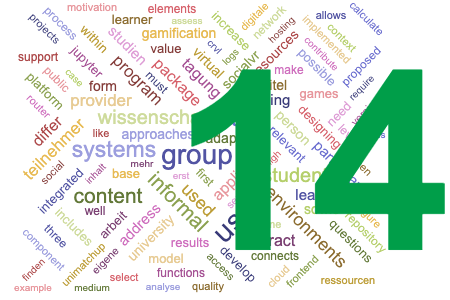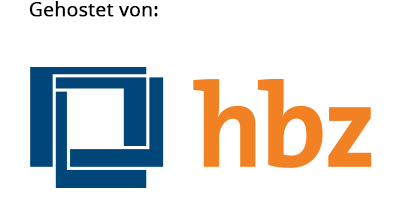Models for Content Management in a Next Generation Learning Management Ecosystem
Schlagworte:
LOs, e-learning, educational resources, learning management, learning tool interoperability, open educational objects, self-sovereigntyAbstract
The concept of sharable LOs has been around for decades, but implementing repositories, guaranteeing interoperability, managing metadata, and achieving organizational and financial sustainability has proven challenging. The realization that there will likely never be a universal Learning Management System (LMS) made the idea of universally shareable content appear even more illusionary on the one hand, but on the other hand also led to the development of learning system interoperability standards. The paper proposes to use either tool-interoperability or self-sovereignty as key technologies for establishing near-universal content repositories.Downloads
Veröffentlicht
2022-07-01
Ausgabe
Rubrik
Beiträge



